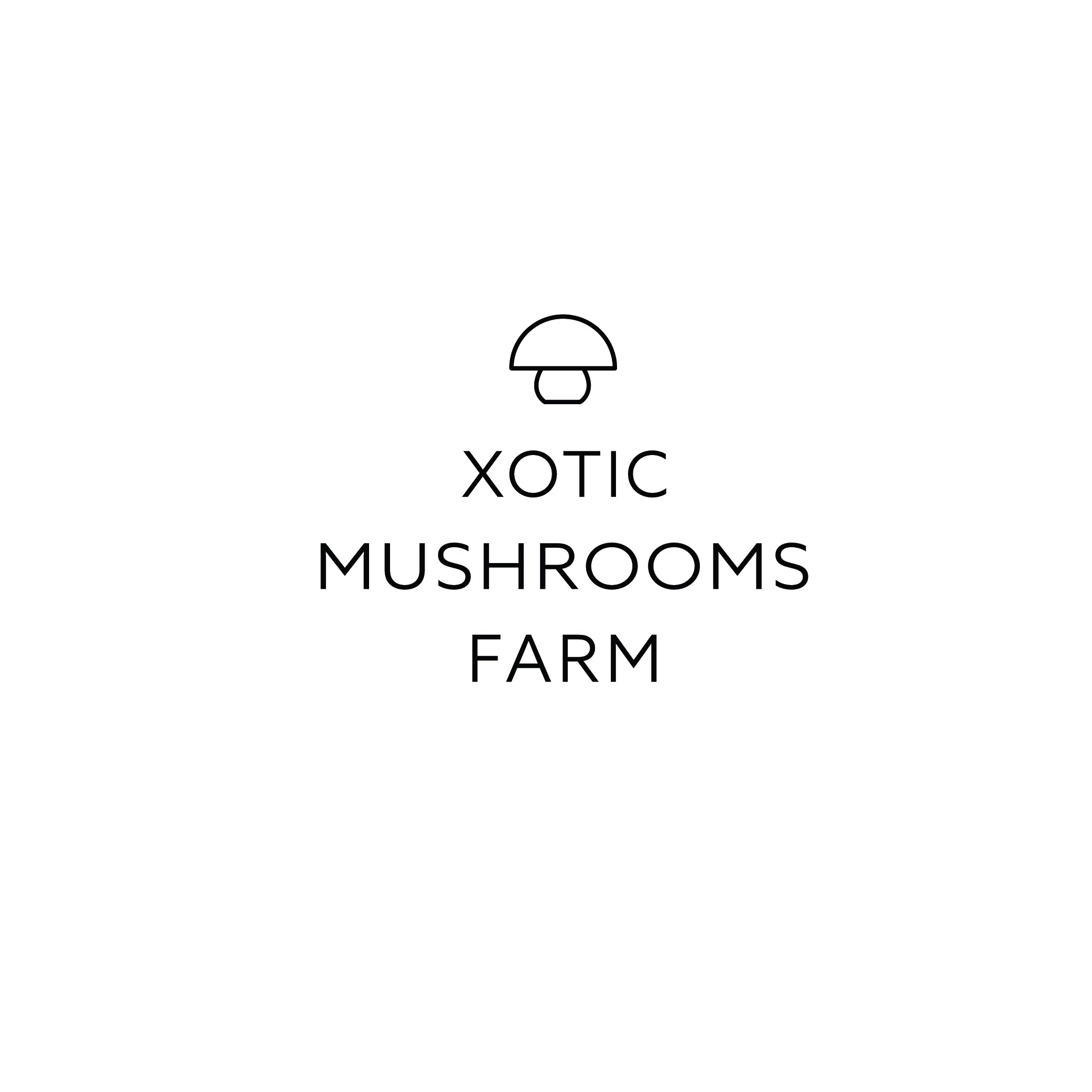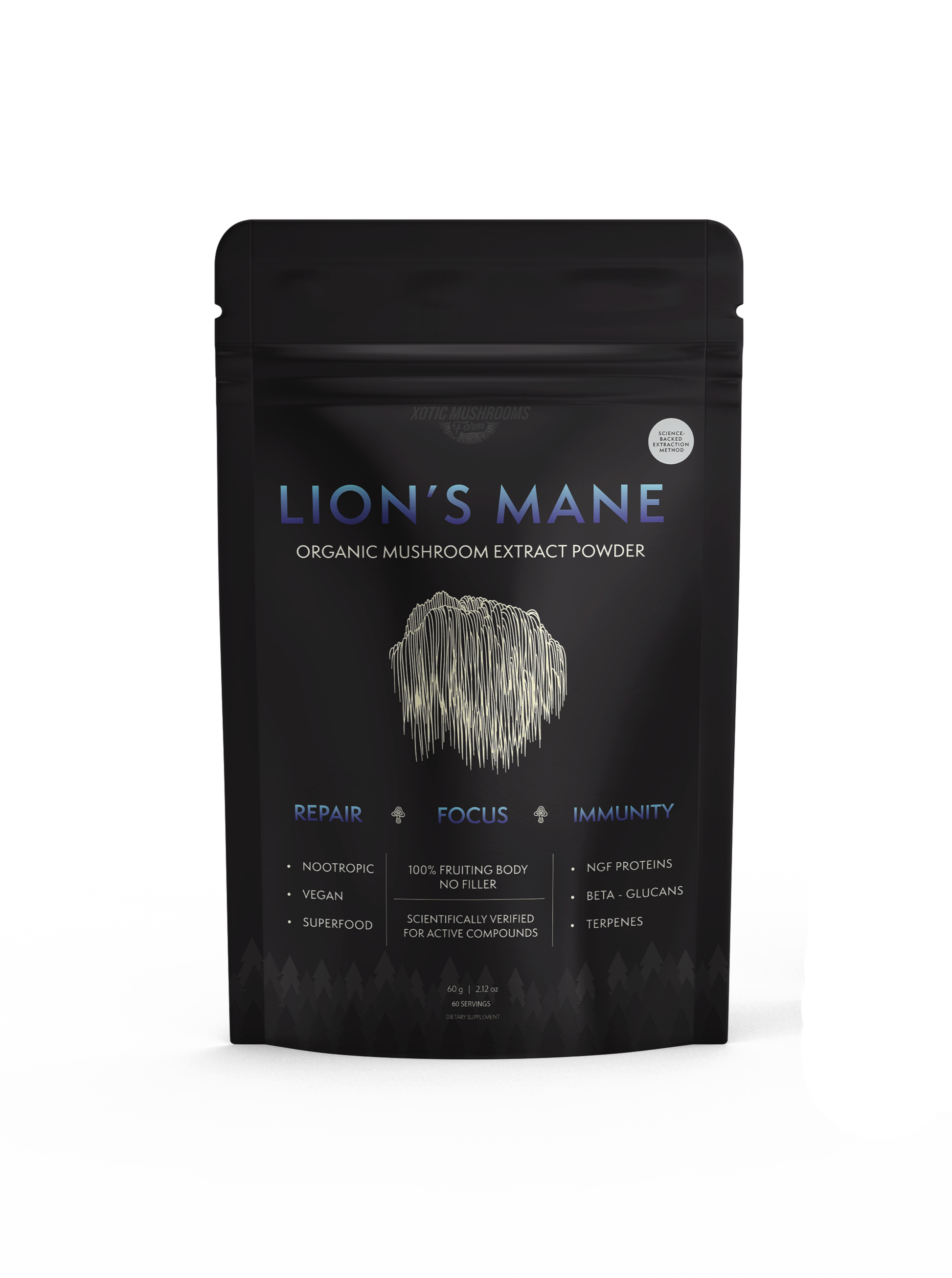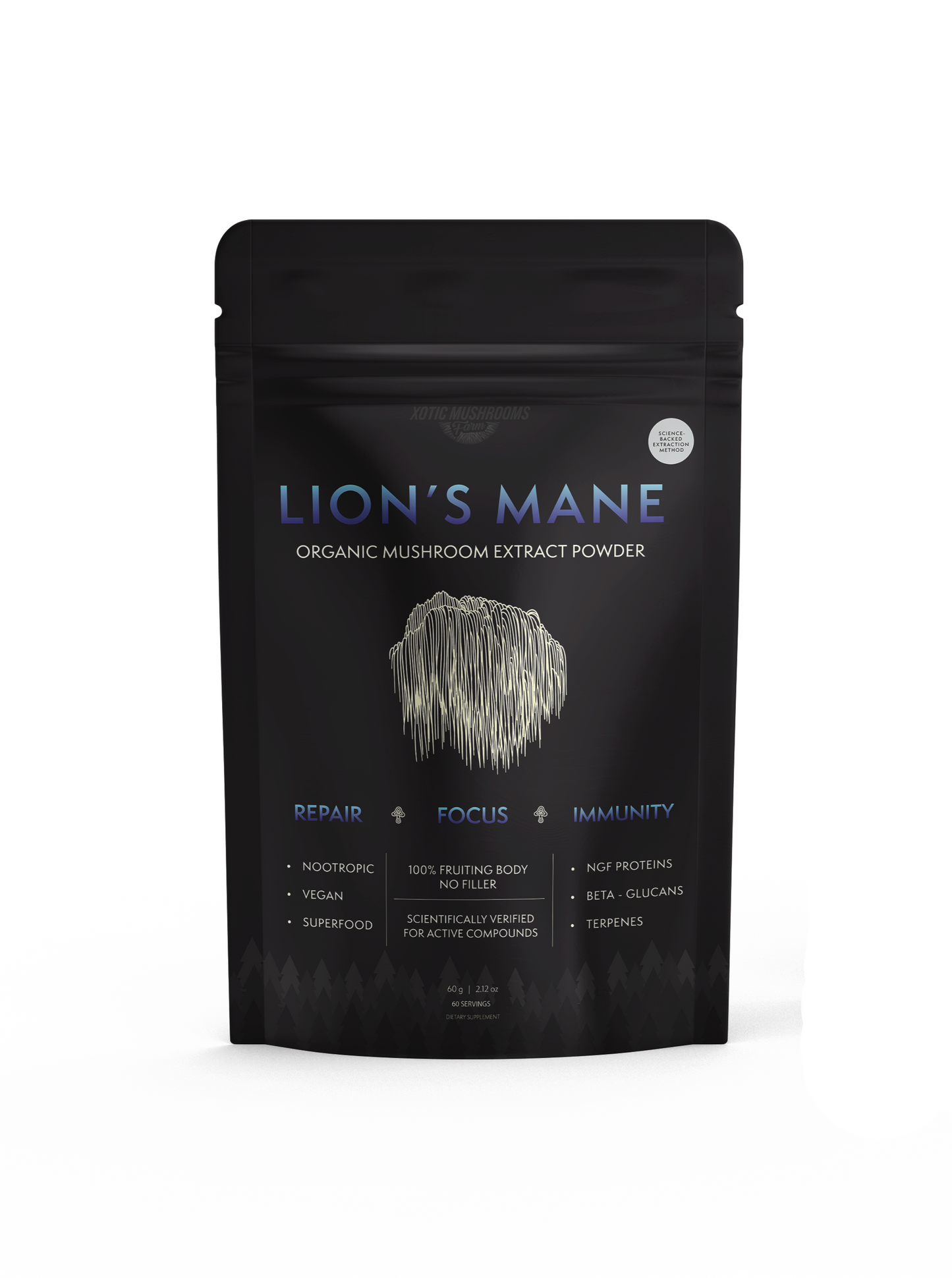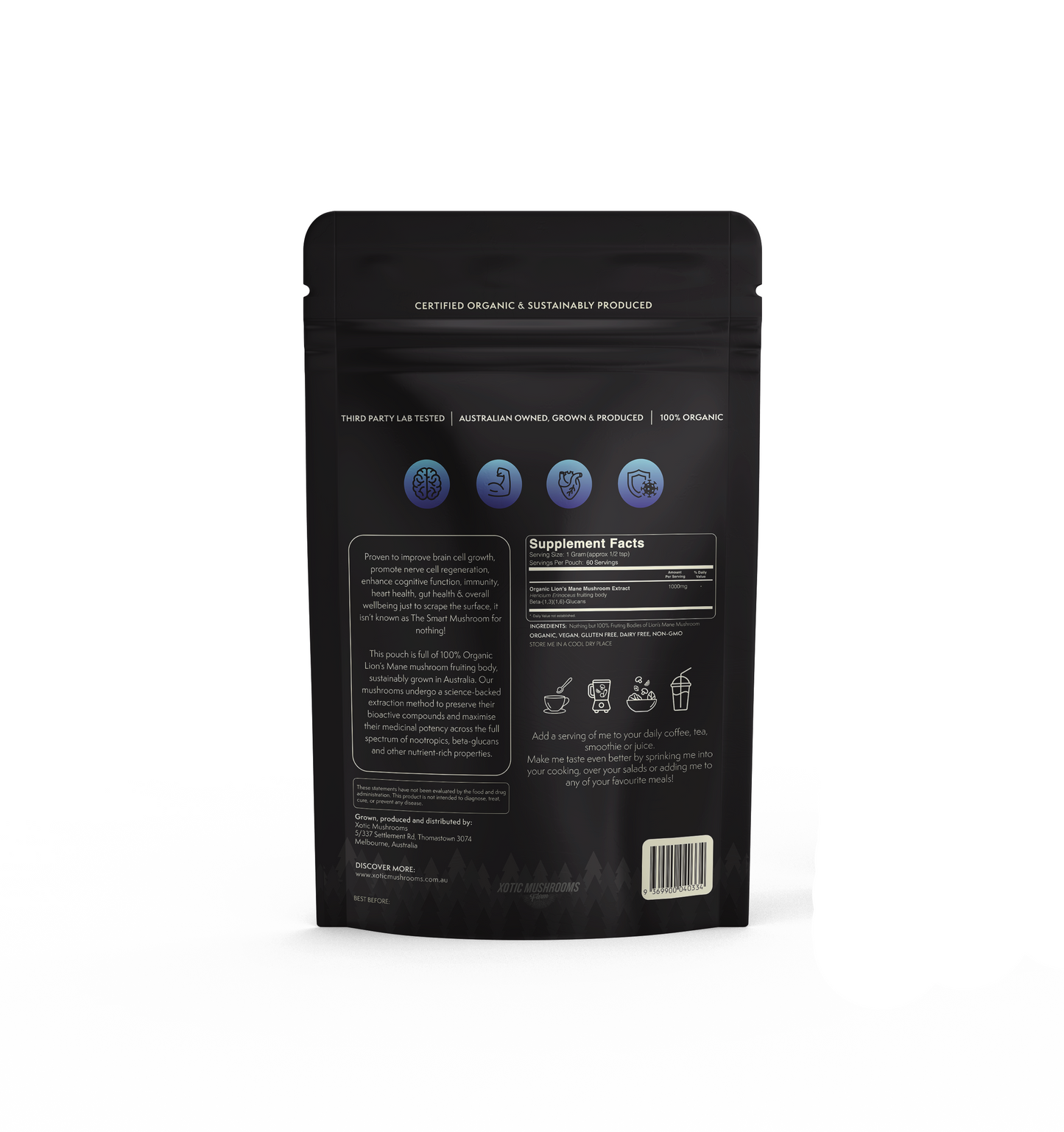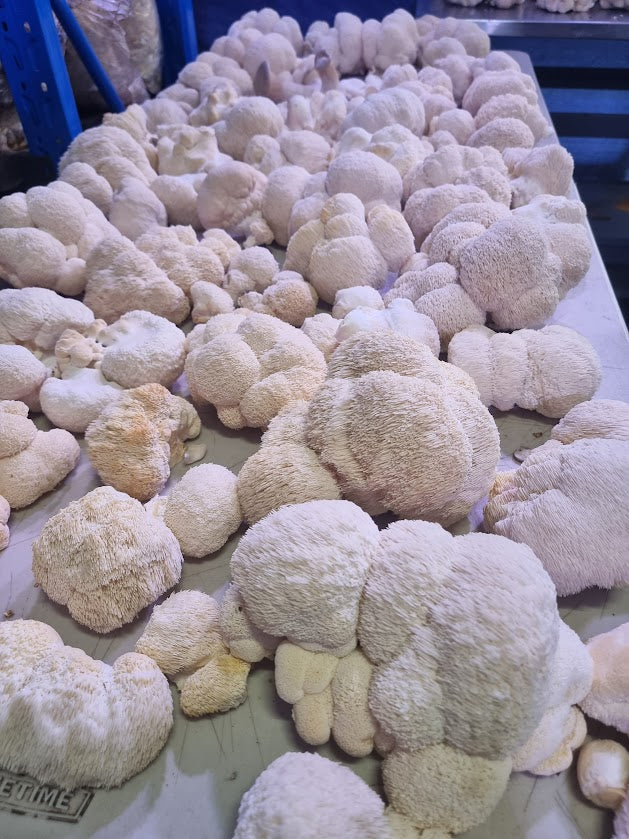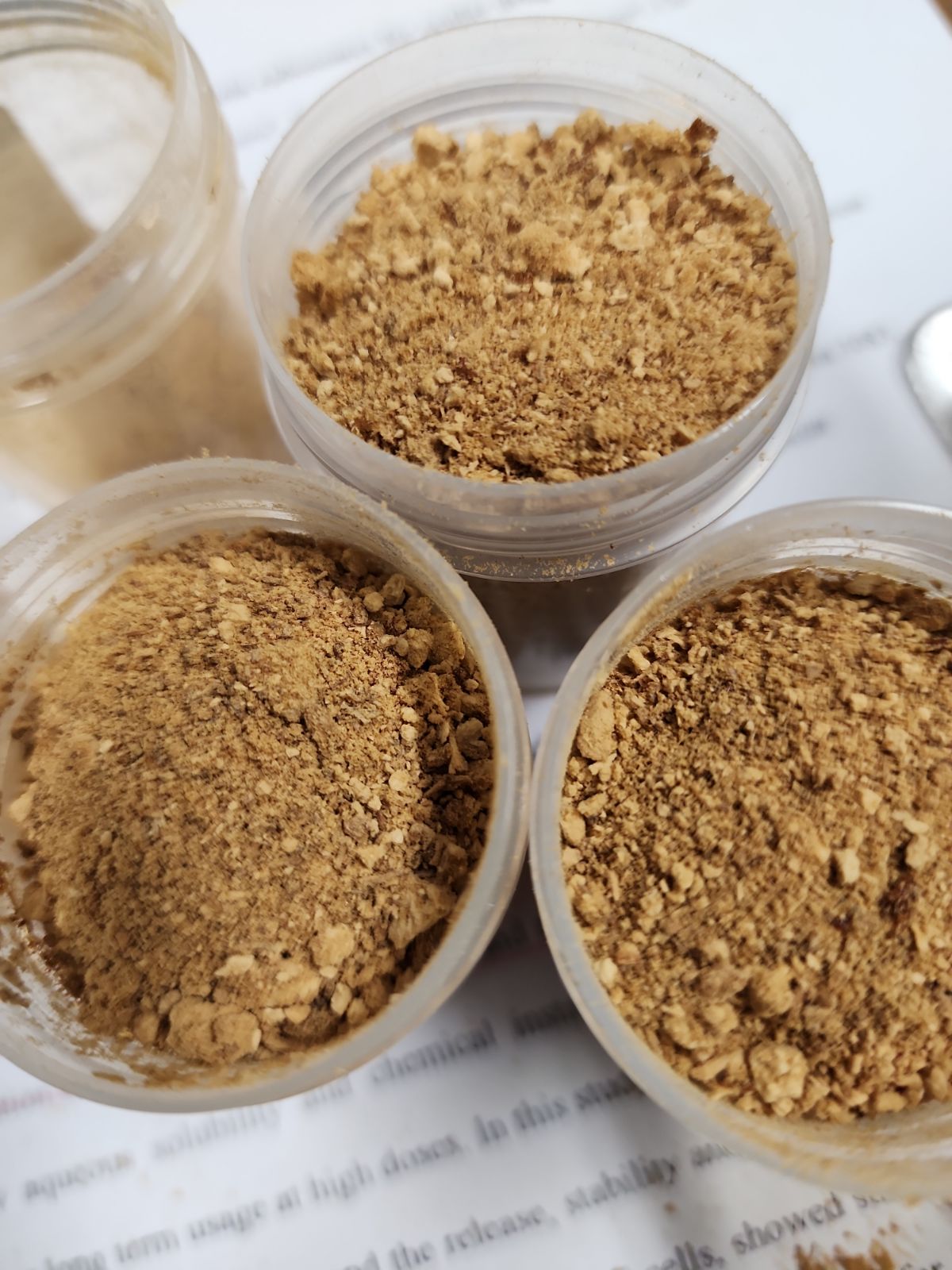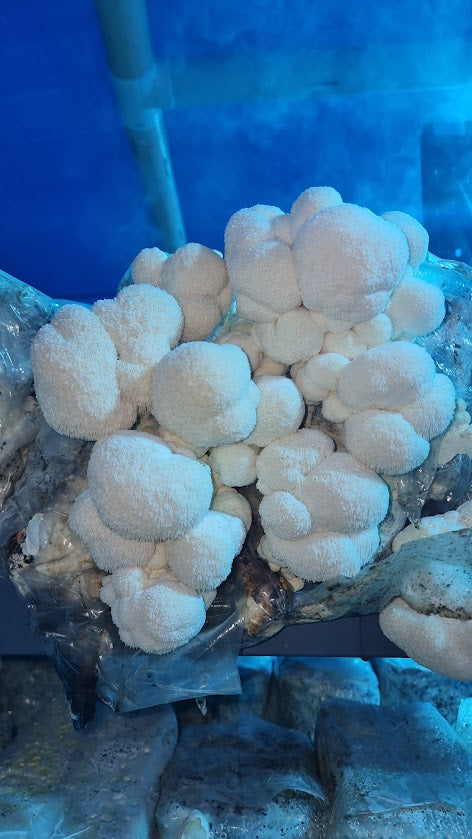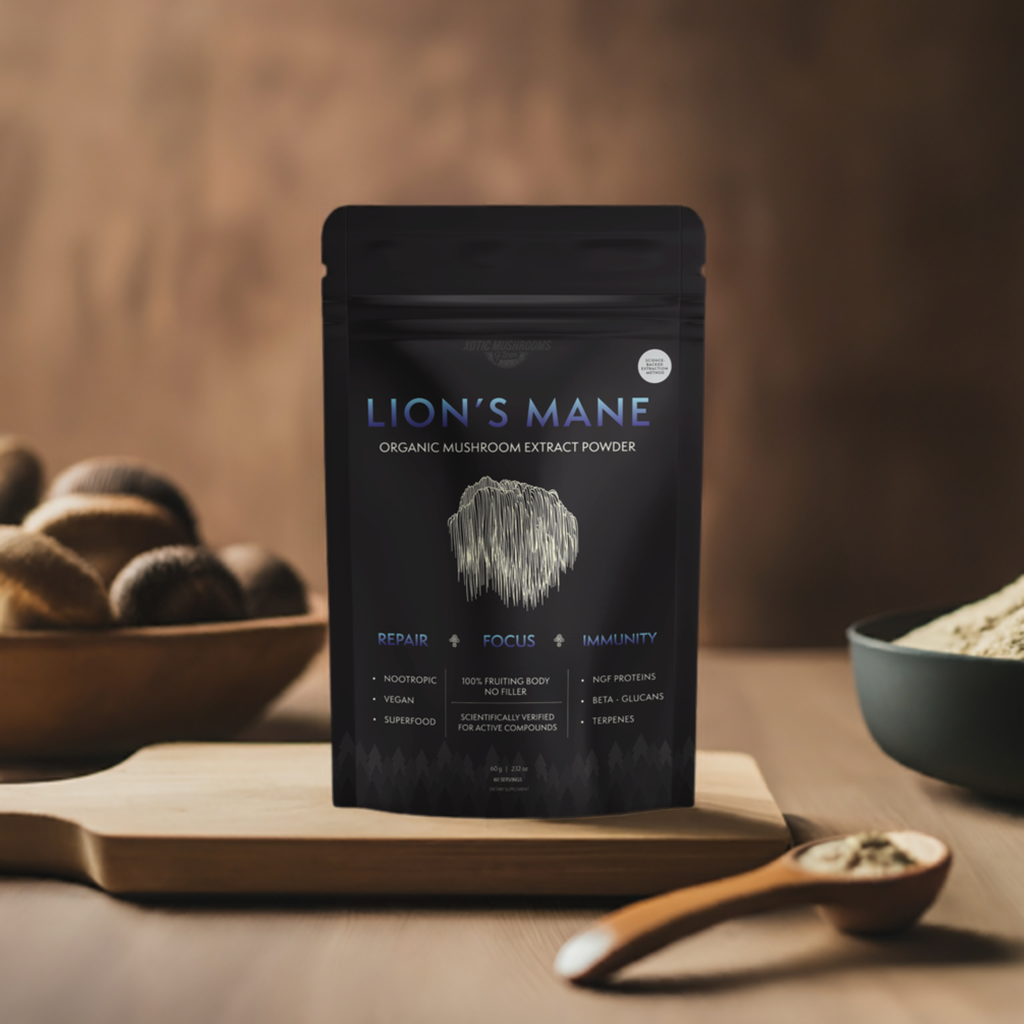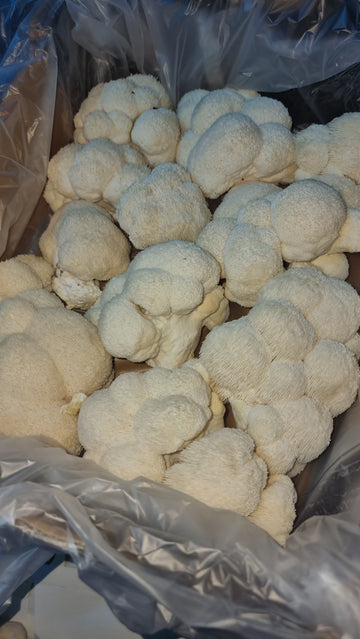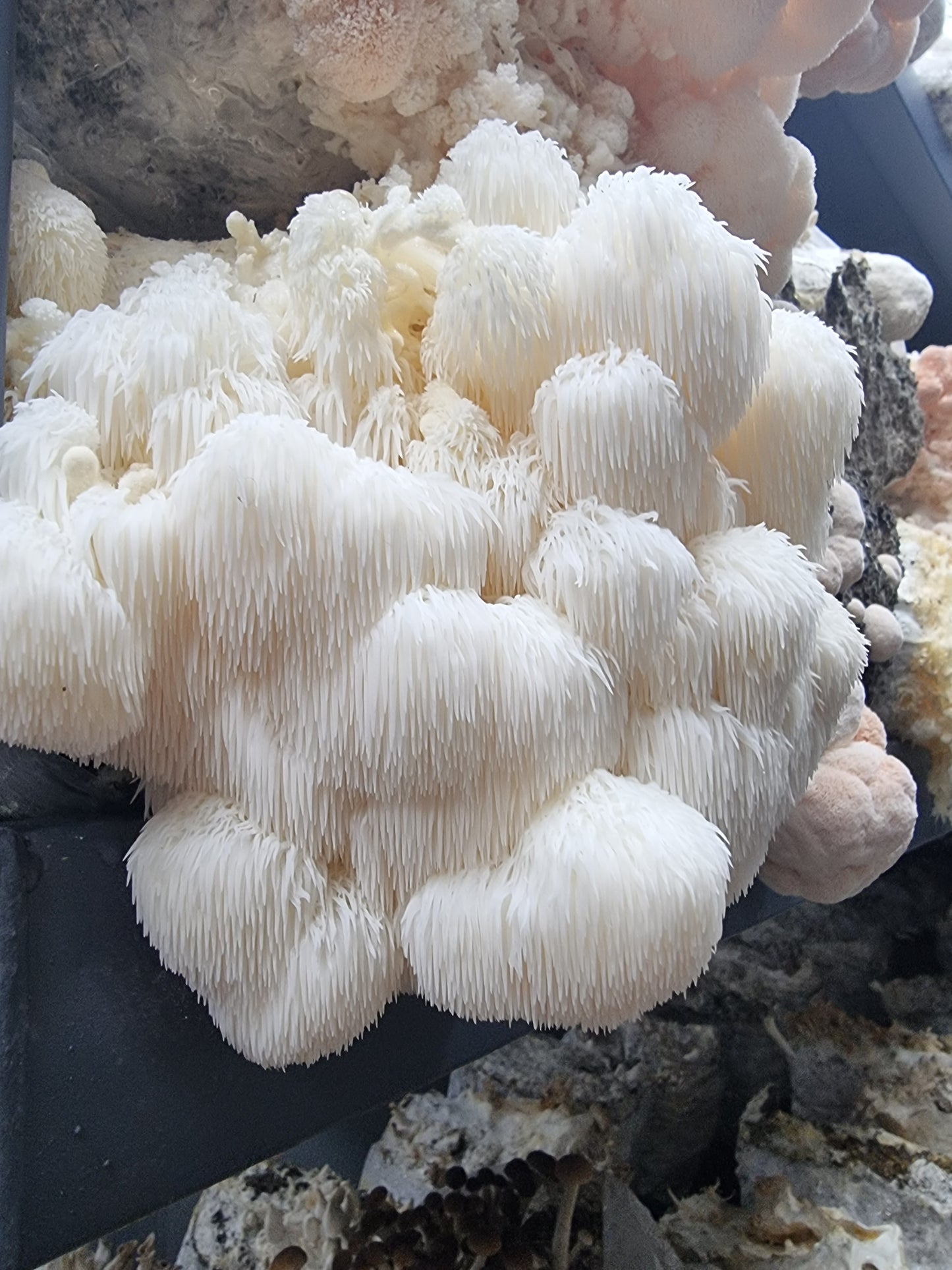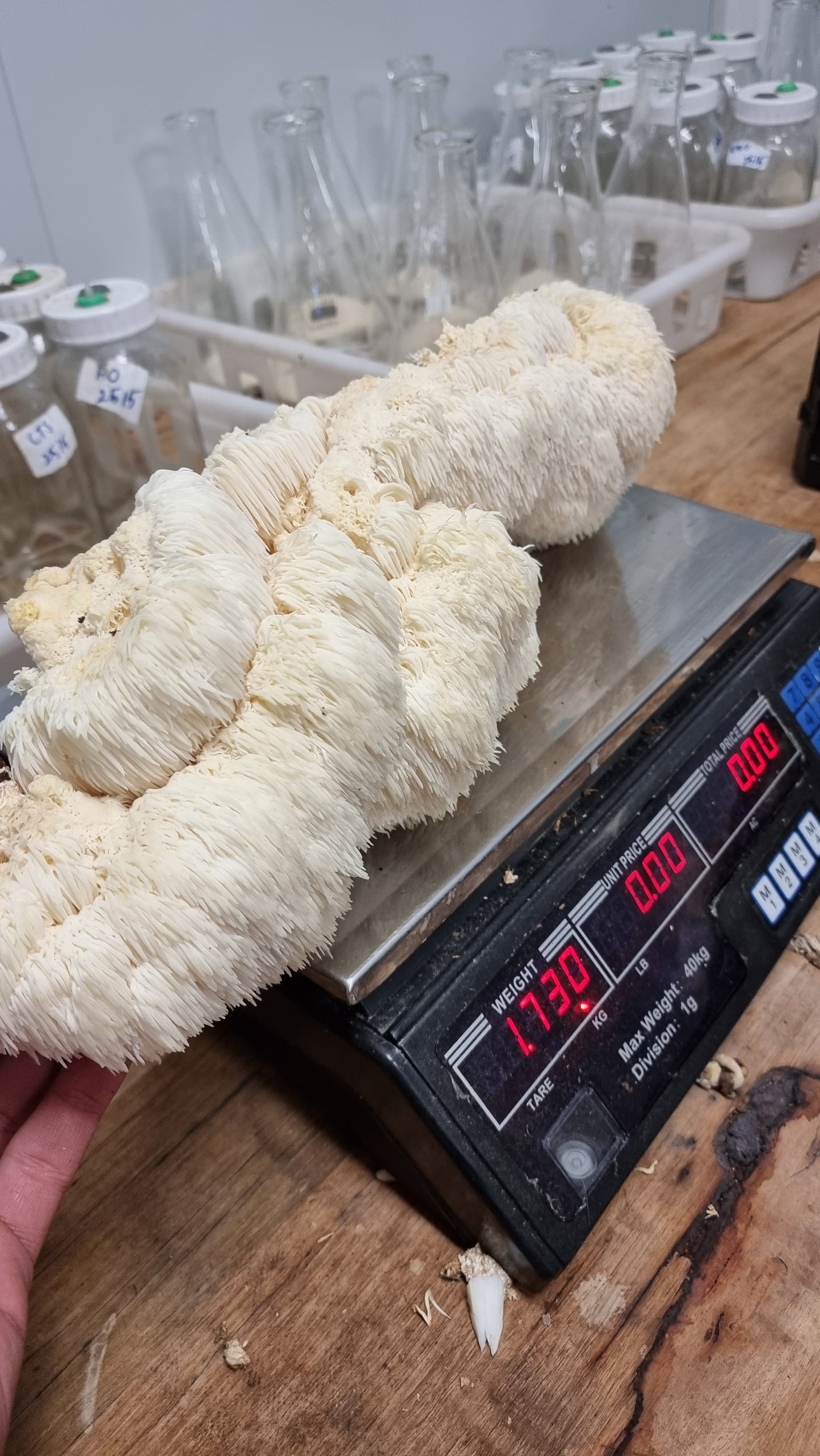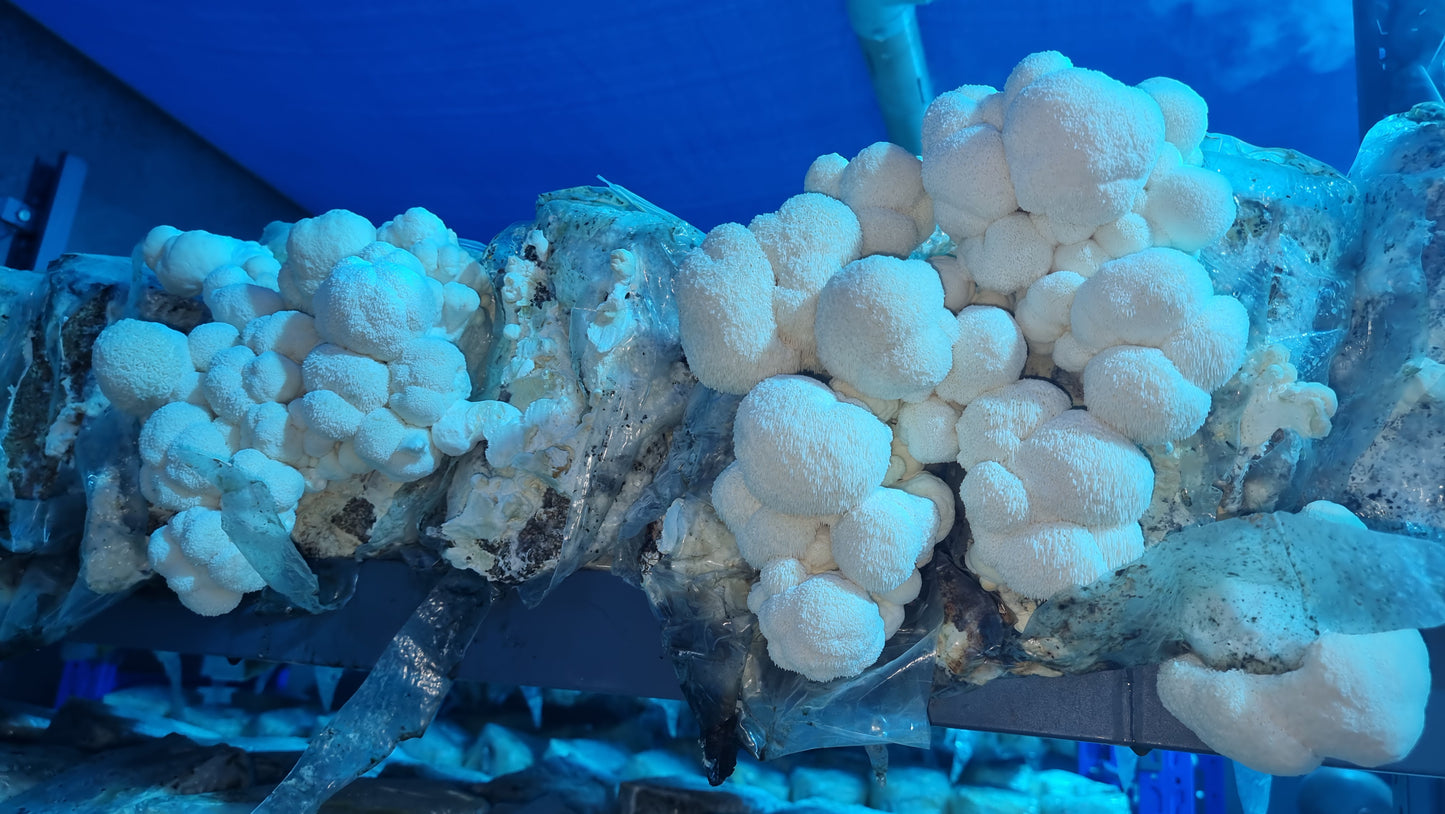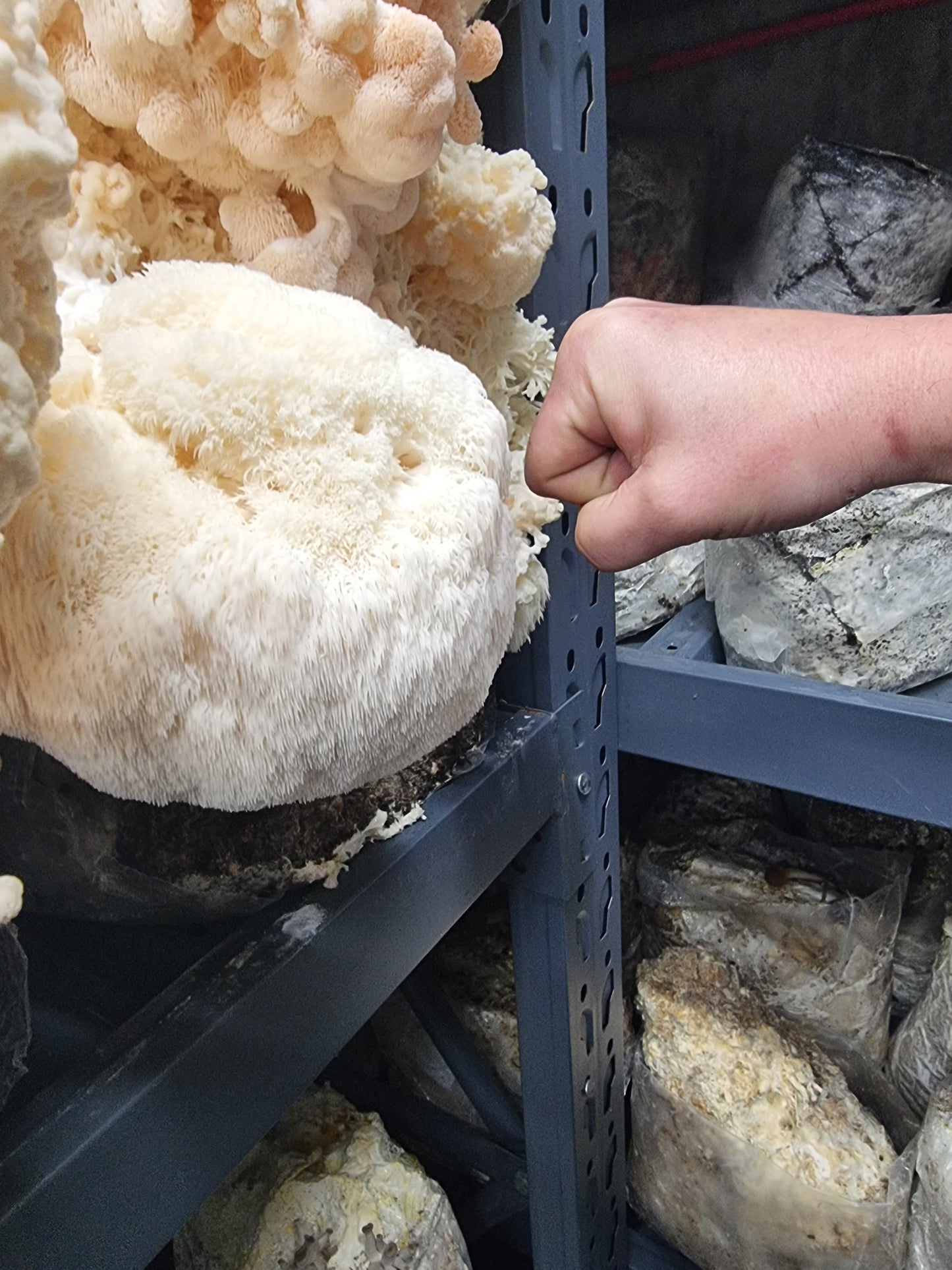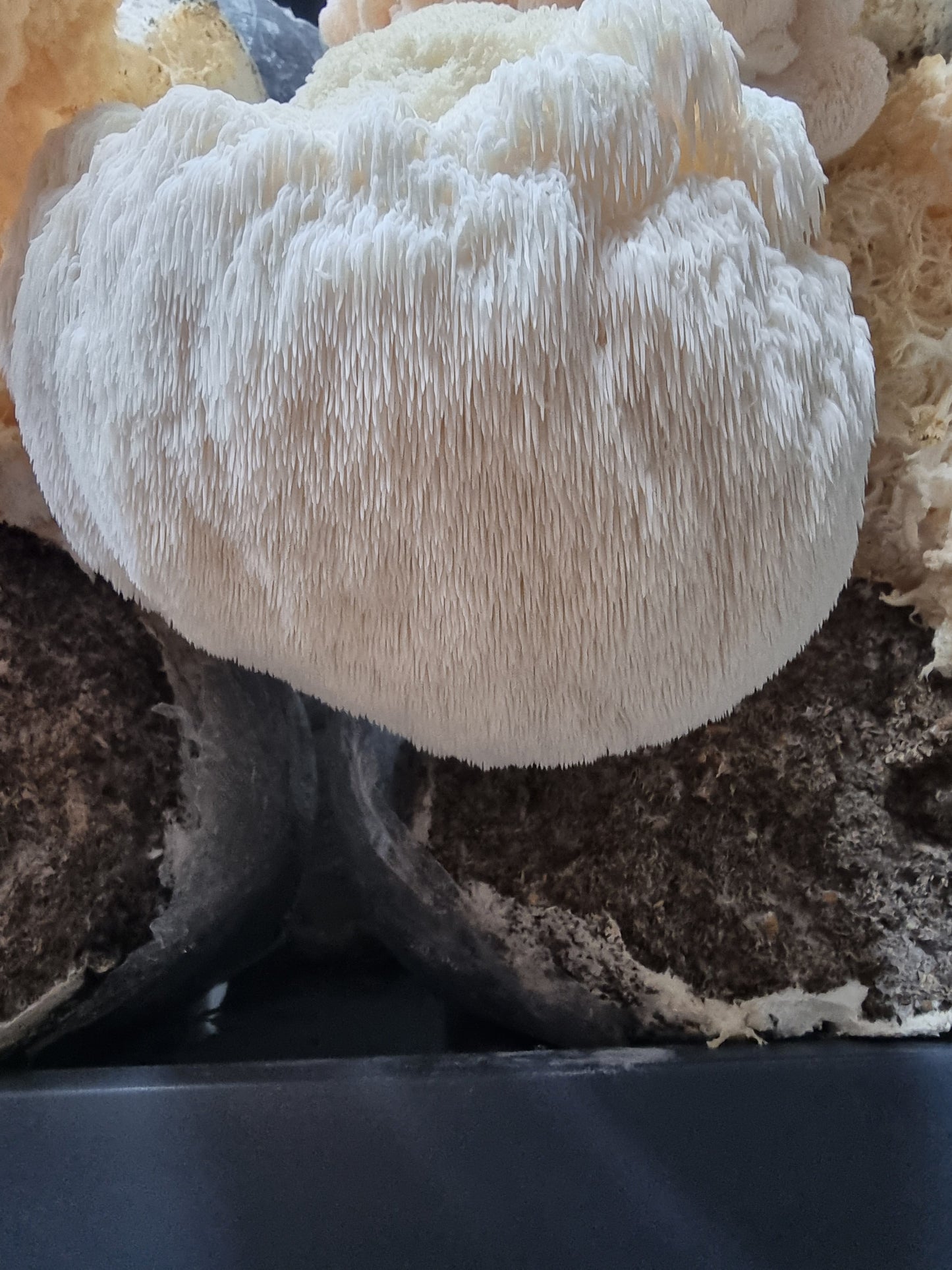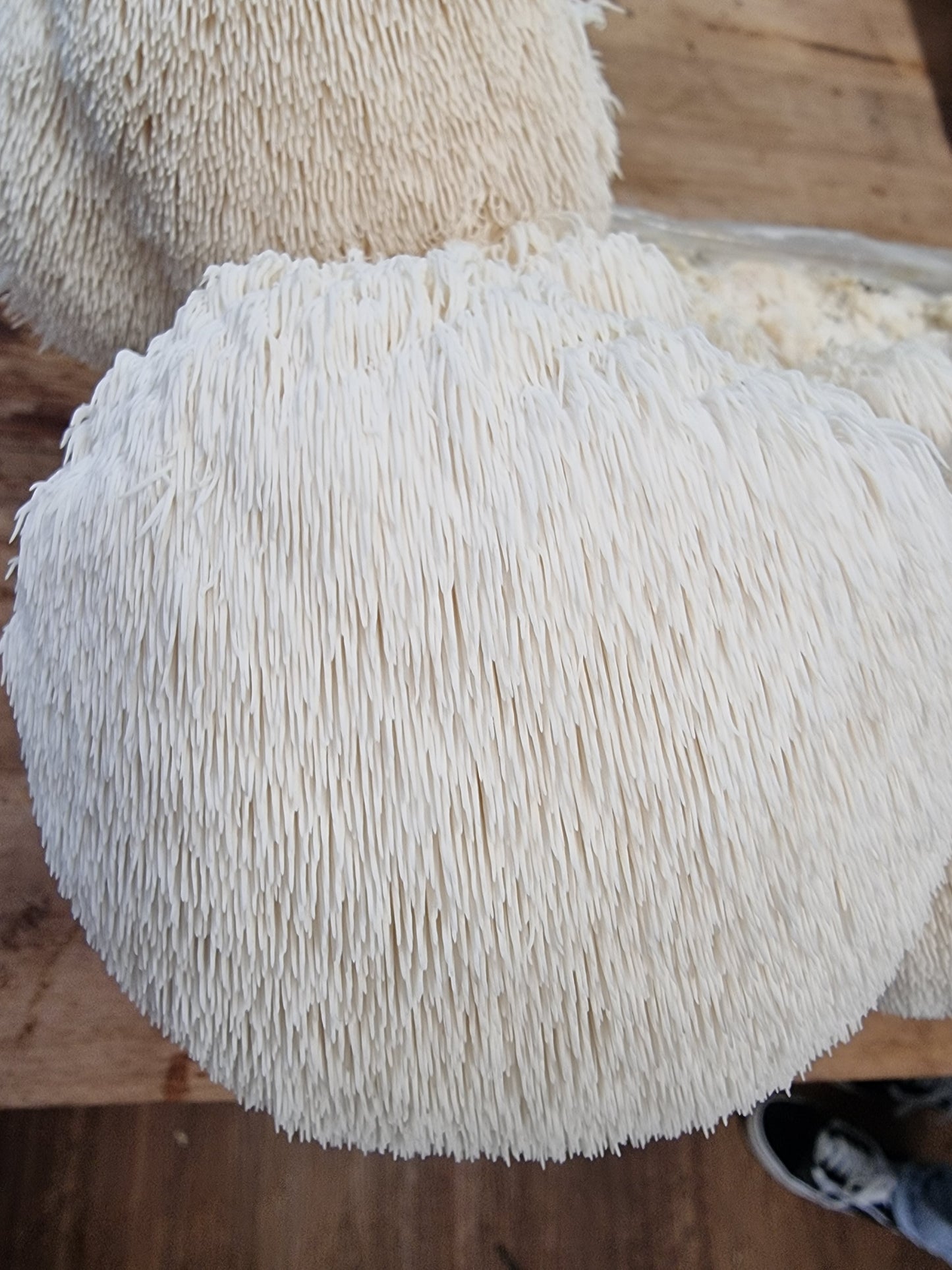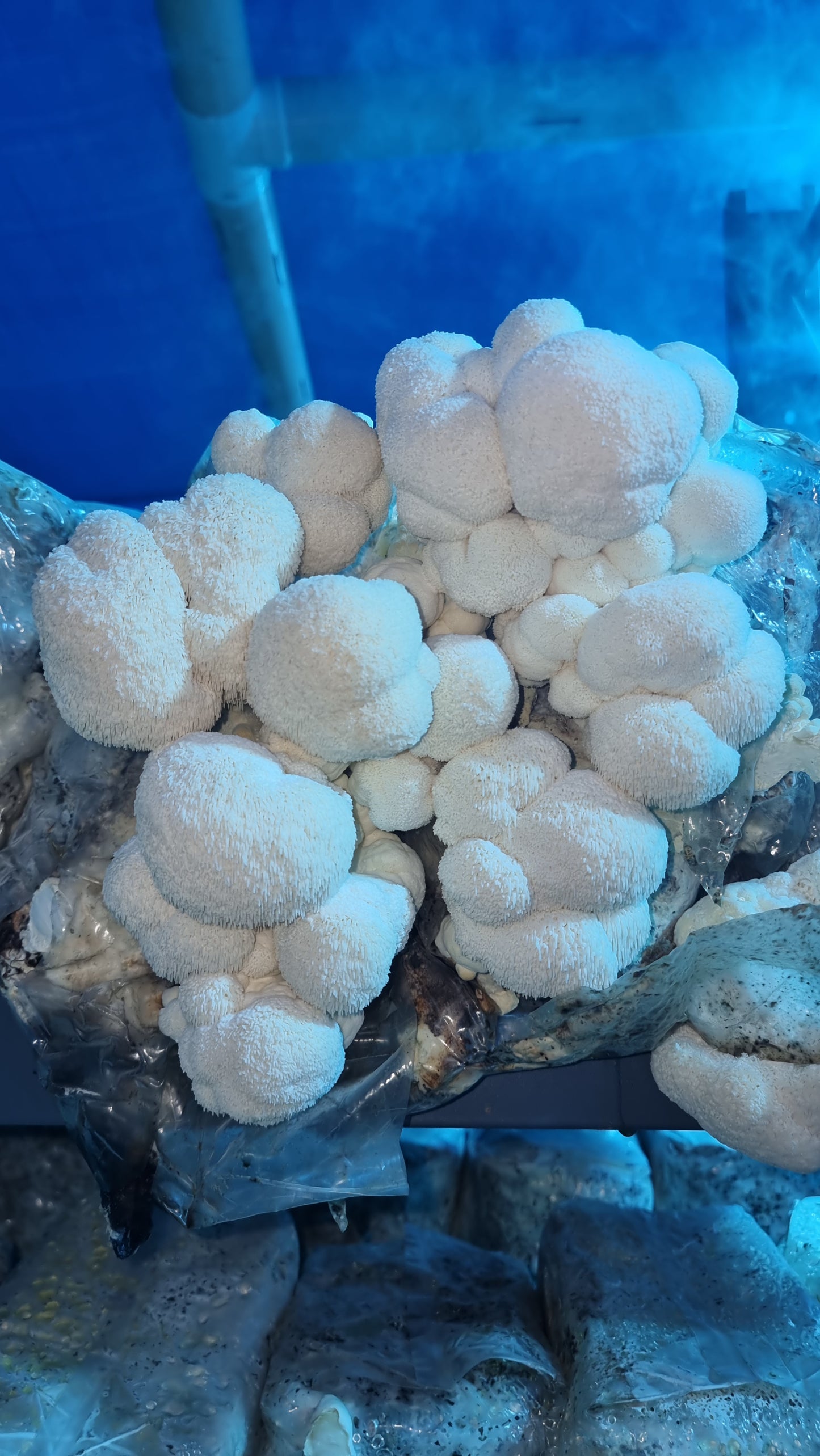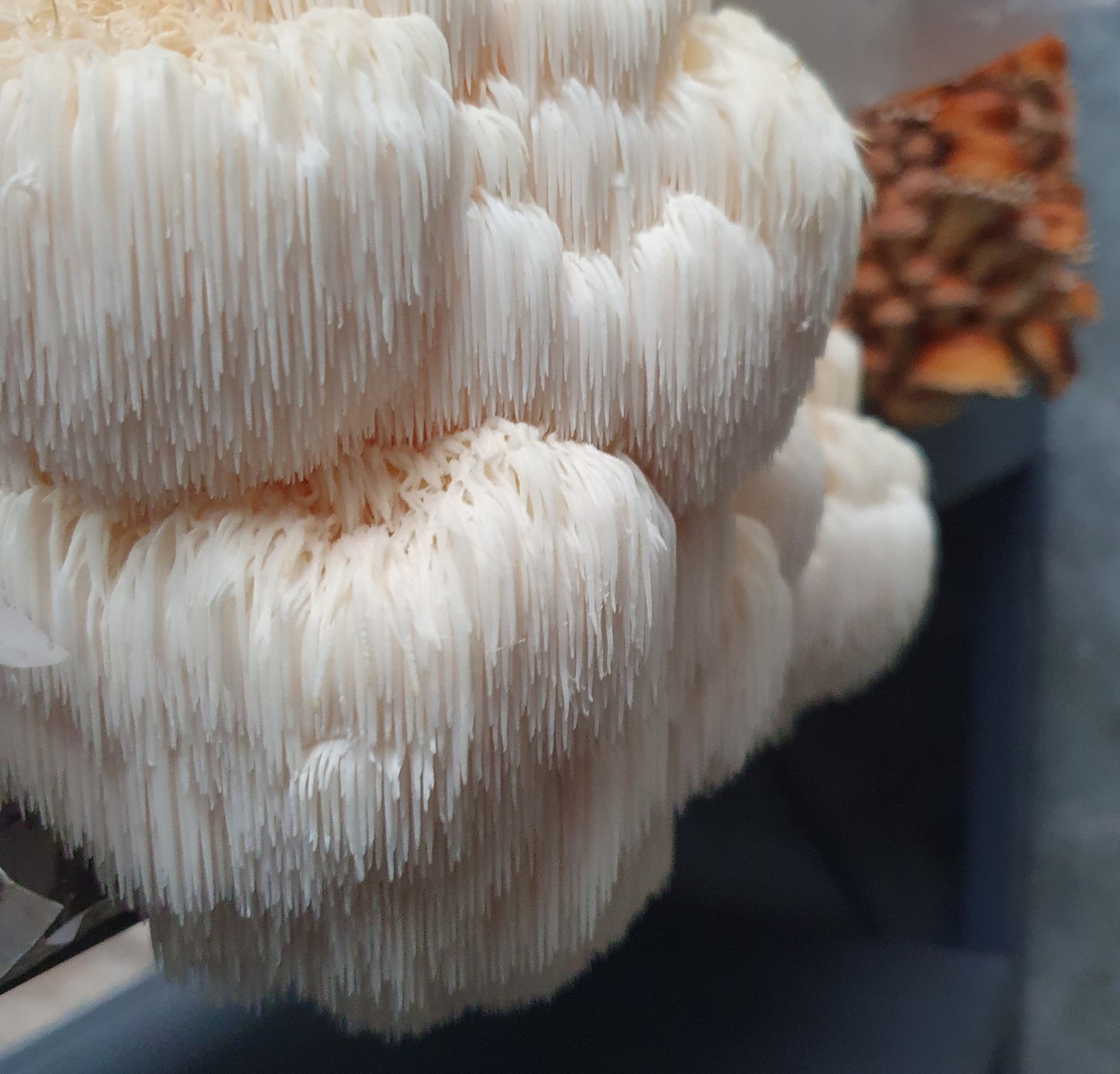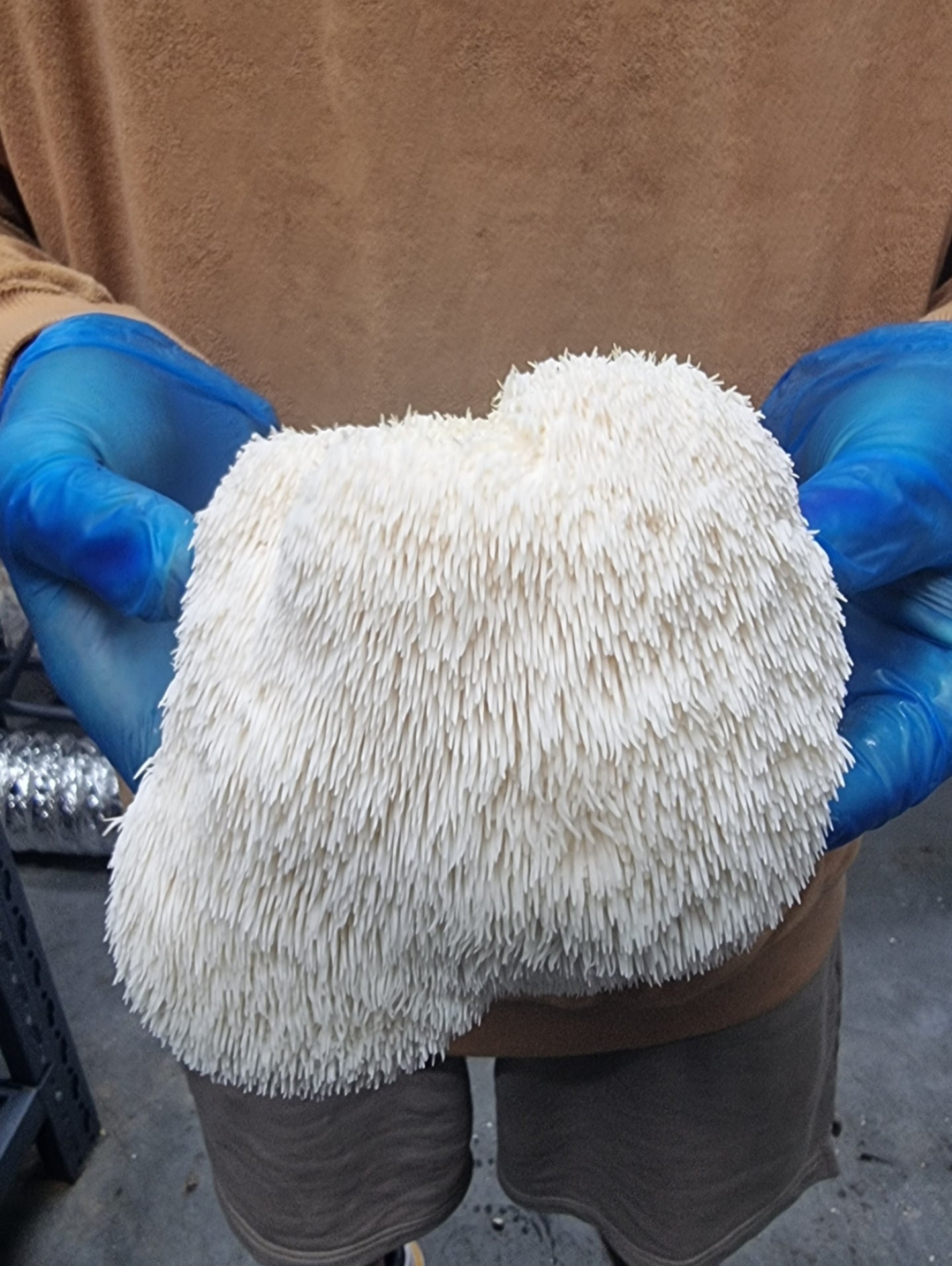Growing Pink Oyster Mushrooms can seem daunting without the right guidance and materials.
This guide provides a straightforward approach to grow Pink Oyster Mushrooms at home, covering everything from selecting the right substrate to harvesting your first crop.
Dive into the world of mushroom cultivation and enjoy fresh, nutritious mushrooms right from your own kitchen!
How Can You Grow Pink Oyster Mushrooms at Home?
To grow Pink Oyster Mushrooms at home, prepare a substrate like straw or coffee grounds. Inoculate the substrate with Pink Oyster Mushroom spawn, maintain optimal humidity and temperature, and provide indirect light. Harvest when the mushrooms reach maturity, and enjoy them fresh in various dishes for a gourmet touch.
Getting Started

Embarking on the journey of growing Pink Oyster Mushrooms at home promises a sustainable source of fresh mushrooms and a fascinating and rewarding experience. Whether you're a novice or a seasoned gardener, cultivating these vibrant fungi is straightforward with the right guidance.You will need a few essential materials to begin growing Pink Oyster Mushrooms at home.
These include a Pink Oyster Mushroom spawn, a suitable substrate like pasteurised straw or coffee grounds, a large container or grow bag, a water sprayer for maintaining humidity, and sterilisation equipment if needed. Each item plays a crucial role in ensuring a successful cultivation process.
1. Choosing the Substrate

Selecting the right substrate is vital for the growth of Pink Oyster Mushrooms. Pasteurised straw is a popular choice due to its availability and effectiveness. Alternatively, coffee grounds can be used as they provide ample nutrients and promote mushroom growth.
The substrate acts as the medium for growing the mushrooms, so it's essential to choose one that supports robust growth.
2. Preparing the Substrate
Once you have chosen your substrate, the next step is to prepare it properly. Sterilising or pasteurising the substrate is crucial to eliminating contaminants hindering mushroom growth. This step ensures a clean environment for the spawn to thrive, reducing the risk of competition from unwanted microorganisms.
3. Inoculation Process
After preparing and cooling the substrate, it's time to mix it with the Pink Oyster Mushroom spawn. Ensure the spawn is evenly distributed throughout the substrate to promote uniform growth. This thorough mixing process is key to achieving a successful yield.
4. Container Selection

It is important to select an appropriate container or grow bag to hold the substrate. Ensure the container is clean and spacious enough to accommodate the substrate while allowing for adequate airflow. Proper airflow is necessary to prevent mould growth and ensure healthy mushroom development.
5. Watering and Humidity
Maintaining the right humidity levels is crucial for cultivating Pink Oyster Mushrooms. Regularly spraying the substrate with water helps keep the environment humid, essential for the mushrooms to thrive.
High humidity levels are necessary for successful growth, so consistent monitoring and maintenance are required.
6. Thermometer and Hygrometer (Optional)
Using a thermometer and hygrometer can be beneficial in monitoring the temperature and humidity levels of your growing environment.
These tools help ensure optimal conditions for the growth of Pink Oyster Mushrooms, leading to better yields and healthier mushrooms. While optional, they provide valuable insights into maintaining the ideal growing conditions.
Step-by-Step Growing Process
Growing Pink Oyster Mushrooms at home can be a rewarding experience. You can enjoy fresh, organic mushrooms right from your kitchen. Follow these detailed steps to cultivate Pink Oyster Mushrooms successfully.
1. Gathering Essential Materials

Gather a few essential materials to begin your pink oyster mushroom cultivation journey. First, you'll need pink oyster mushroom spawn, the "seeds" that will start the growth process. These are readily available online or at speciality garden stores.
Next, choose your substrate, the material on which the mushrooms will grow. Pasteurised straws are popular due to their availability and ease of use, while coffee grounds offer a nutritious alternative.
You'll also need a container or grow bag to hold your substrate and allow air circulation. A water sprayer is essential for maintaining humidity levels, and depending on your chosen material, you may also need sterilisation equipment to prepare your substrate.
2. Choosing the Substrate
Choosing the right substrate is crucial for successful pink oyster mushroom cultivation. Pasteurised straw is a widely used and readily available option, offering a good balance of nutrients and structure for mushroom growth.
Another excellent choice is coffee grounds, which are rich in nutrients and can be sourced from local cafes. However, ensure the coffee grounds are fresh for optimal results. Both substrates can effectively support pink oyster mushroom growth, so choose the one that best suits your resources and preferences.
3. Preparing the Substrate
Preparing your chosen substrate is a crucial step in creating a clean environment for mushroom growth. Depending on the substrate type, sterilisation or pasteurisation is essential.
Heat treats the substrate to effectively kill off any competing microorganisms, ensuring it is free from contaminants. This step is vital because it allows the mushroom spawn to thrive without competition from other unwanted organisms.
4. Inoculation Process
Once the substrate is prepared, proceed with inoculation.
Mixing spawn with the substrate, evenly distribute the Pink Oyster Mushroom spawn throughout after the substrate has cooled. Use clean hands or gloves to avoid introducing contaminants.
5. Container Selection

Choose an appropriate container or grow bag Size and cleanliness: Ensure the container is large enough to hold the substrate with room for airflow. Cleanliness is crucial to preventing contamination during the growing process.
6. Maintaining Watering and Humidity
Maintaining optimal humidity levels is essential for successful mushroom growth. Regular spraying with a water sprayer helps to mist the substrate and keep it moist.
Pink Oyster Mushrooms thrive in high-humidity environments, so monitoring and adjusting the humidity levels is crucial. Ensuring the substrate remains consistently moist creates an ideal environment for the mushrooms to grow and flourish.
7. Monitoring with Thermometer and Hygrometer (Optional)
Consider using tools to monitor temperature and humidity, thermometer and hygrometer.
These devices can help you maintain ideal conditions for mushroom growth. While optional, they provide valuable insights into the environment's suitability.
8. Managing Light and Airflow

Pink Oyster Mushrooms thrive in indirect light rather than direct sunlight. Position them in an area with filtered natural light or utilise artificial grow lights if needed. Adequate air circulation is essential around the growing area to prevent stagnant air and foster healthy mushroom growth.
9. Harvesting
Harvesting your Pink Oyster Mushrooms at the right time is crucial to ensure the best quality and yield.
Timing is key, the mushrooms are ready for harvest when they reach full size and their caps flatten out. Using a clean knife or scissors, carefully cut them at the base of the stem to avoid damaging the substrate.
Remember, Pink Oyster Mushrooms can produce multiple flushes, so after each harvest, continue to mist and maintain humidity levels to encourage subsequent growth.
10. Storage and Enjoyment

Properly storing your harvested mushrooms ensures they remain fresh and ready to use. Refrigeration is the best method; place the mushrooms in a paper bag or a breathable container and store them in the refrigerator.
For the best quality, use them within a few days. When it comes to cooking, enjoy Pink Oyster Mushrooms fresh in a variety of dishes such as salads, stir-fries, or soups for a delicious culinary experience.
Conclusion
Now equipped with the knowledge to grow Pink Oyster Mushrooms at home, start your mushroom cultivation journey today. Follow these steps for a rewarding harvest of fresh, nutritious mushrooms.
